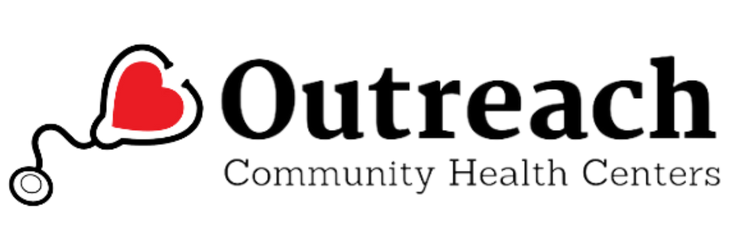National Breast Cancer Awareness Month
October is National Breast Cancer Awareness Month. The goal of this annual campaign is to highlight the importance of early detection and treatment of breast cancer and to increase awareness about the disease.
It's important to know the facts about breast cancer, which includes risk factors, screening guidelines and treatment options.
It's important to know the facts about breast cancer, which includes risk factors, screening guidelines and treatment options. We can't help but feel a sense of urgency when it comes to learning more about this disease—and we're not alone. According to the American Cancer Society (ACS), 1 in 8 women will be diagnosed with invasive breast cancer during her lifetime. If you or someone you love has been recently diagnosed with breast cancer, then you understand how scary this can be. The good news is that there are many ways people can reduce their risk of developing breast cancer or surviving it if they do get it.
The ACS says there are two major risk factors for developing breast cancer: genes and lifestyle choices like diet and exercise habits; however, there are other less well-known risk factors as well too such as certain chronic diseases such as diabetes or heart disease
As part of your personal screening regime for the early detection of breast cancer, see your physician for an examination that includes a monthly breast self-exam.
Performing a breast self-exam is one of the best ways to detect breast cancer early. It's key to familiarize yourself with your breasts, so you'll be able to recognize any changes in the future.
You can perform a monthly breast self-exam at any time of day or night without anyone else around. You don't need special equipment or preparations; all you need is your hands and some quiet time alone with your body.
When performing a regular breast self-exam, start by gathering information about your breasts through basic observation: How are they shaped? Are they symmetrical? Do they have dimpling anywhere along their surface (indicating loss of fat)? Is there anything unusual about how they feel (like a lump)? Once you've made these observations, move on to palpation—or feeling—your breasts for lumps or abnormalities. To do this properly, stand in front of a mirror so that you can see what's going on while also having better control over where and how hard each part gets touched by your fingers during palpation.
In the United States alone, there are over 2 million breast cancer survivors today.
In the United States alone, there are over 2 million breast cancer survivors today. Breast cancer is the most common cancer in women and the second leading cause of cancer death in women. It's estimated that 1 in 8 women will be diagnosed with breast cancer at some point during their lifetime—and it's important to know that you're never alone on this journey if it happens to you or someone close to you.
When caught early and treated appropriately, the 5-year survival rate for female breast cancer is 99 percent.
It's important to know that even if you or a loved one has been diagnosed with breast cancer, the 5-year survival rate is 99%. The 5-year survival rate for female breast cancer is 99%, and 97% for male breast cancer.
When detected early, breast cancer is highly treatable
The good news is that when breast cancer is detected early and treated promptly, the 5-year survival rate for patients can be as high as 99%. If a doctor finds a lump in your breast or notices changes in the tissue of your breast, you may need to have some tests done to find out what’s going on. These tests include:
X-rays
Ultrasound (sound waves)
Magnetic resonance imaging (MRI)
Don't let breast cancer catch you off guard. The best way to protect yourself and your family is to know the facts, talk with your doctor about your risk factors, and maintain a healthy lifestyle that includes early detection screenings. If you are diagnosed with breast cancer, don’t forget that there are millions of others who have gone through what you will go through. You are not alone during this fight!
